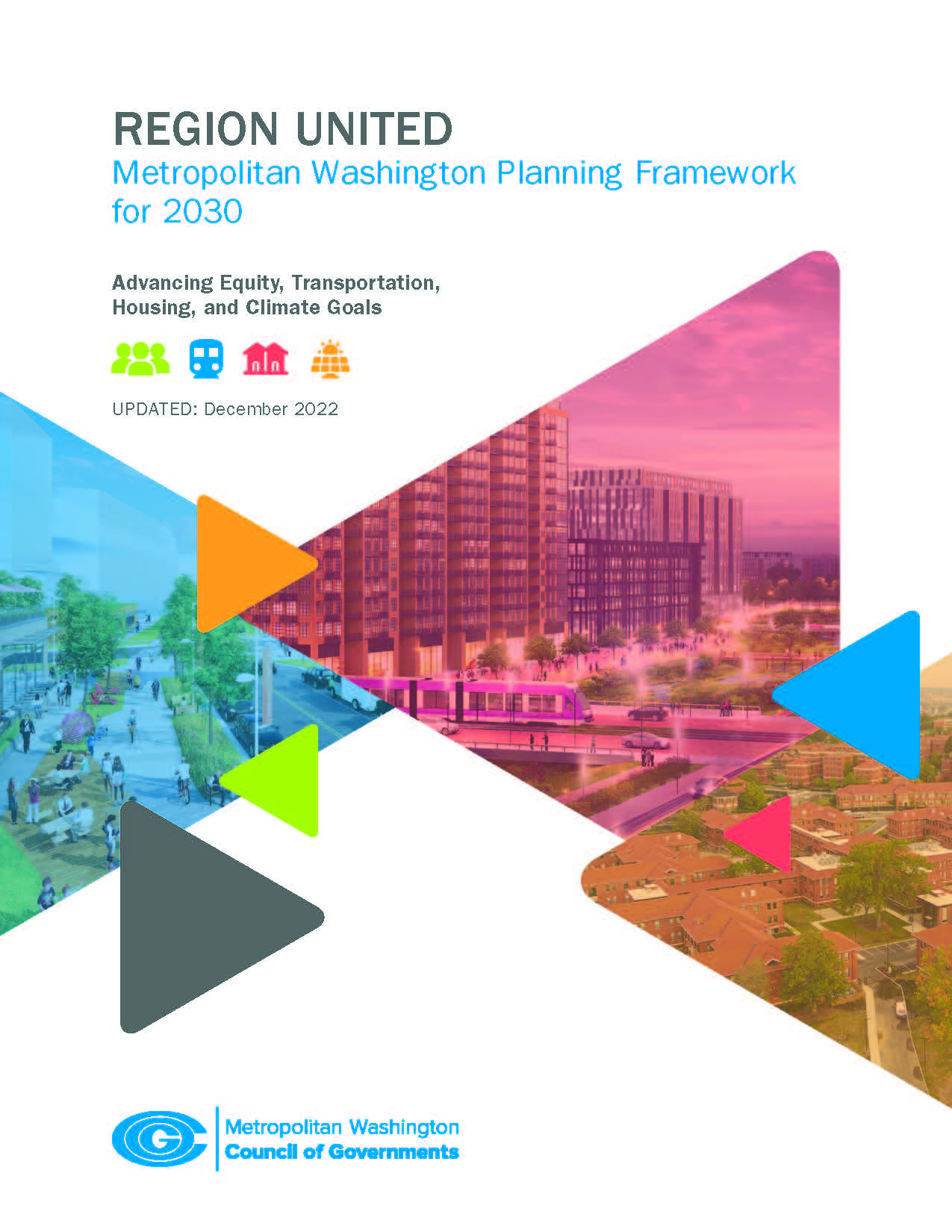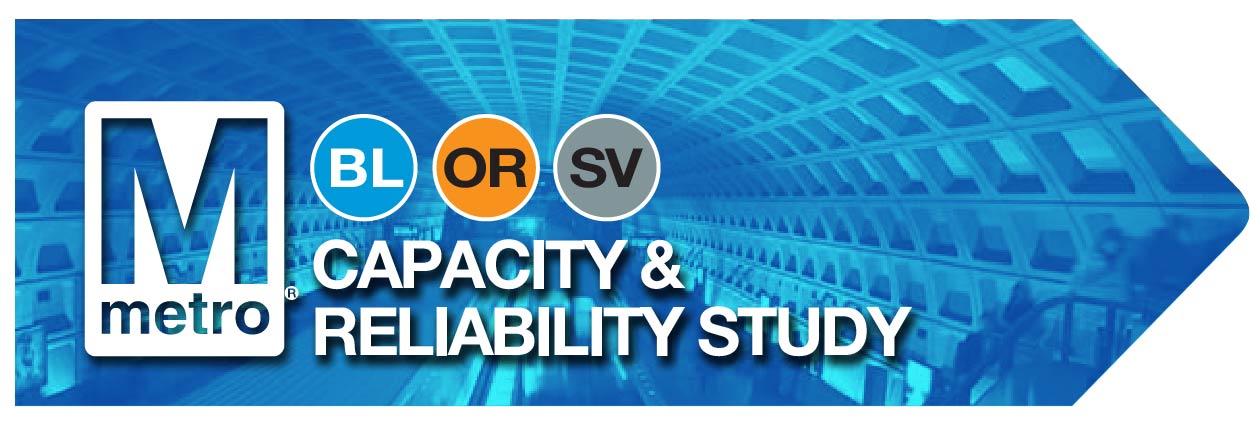
About this study
Metro launched the Blue/Orange/Silver Corridor Capacity & Reliability Study (BOS Study) in 2019 to identify potential solutions to address multiple needs and opportunities on those three Metrorail lines. Following extensive community outreach, public meetings, and work with the community and local jurisdictions, we have come up with a range of potential infrastructure and operational improvements that will ensure quality service while meeting the needs of the growing region
Peak-hour trains on these three lines were dangerously crowded before the COVID-19 pandemic, and projected growth in households and jobs means overcrowding will likely occur again in the future. Population and jobs along the BOS lines are projected to grow more than 30% by 2040. But Metro cannot run enough trains to handle that growth as long as the three lines run through the same tunnel. This poses significant challenges for our capacity, reliability, and customer experience, as well as the region's goals for development, equity, and environmental sustainability.
Project status: at a glance
We are currently in the process of selecting a locally-preferred alternative, as reflected in the timeline below.

The study process has included the following steps:
|
|
Purpose & Need: Identify study purpose and need for improvements to the Blue, Orange and Silver lines. Assess key issues and trends in study area. |

|
Alternatives Development: Identify and prepare conceptual designs that address the purpose and needs identified. |

|
Alternatives Evaluation: Compare and evaluate options based on criteria including impacts on ridership, capacity, reliability and service levels. |

|
Cost/Benefit Analysis: Assess total construction and operating costs for each alternative against the benefits it would produce in order to identify the most cost-effective option(s). |

|
Selection of a Preferred Alternative: Selection of preferred solution, likely to be comprised of both long-range and short range solutions, described as a "locally-preferred alternative" (LPA). |
Study Area
The project area includes the Orange and Silver lines from the Vienna and Ashburn stations to New Carrollton and Downtown Largo Station, as well as the Blue Line between the Pentagon and Downtown Largo stations. Including the recently-added Silver Line stations, the total study area includes seven jurisdictions, 44 Metrorail stations, and 56 miles of track.
While any improvements recommended by this study will focus on the Blue, Orange, and Silver lines, the analysis also considered potential operational impacts on other lines in the Metrorail system.
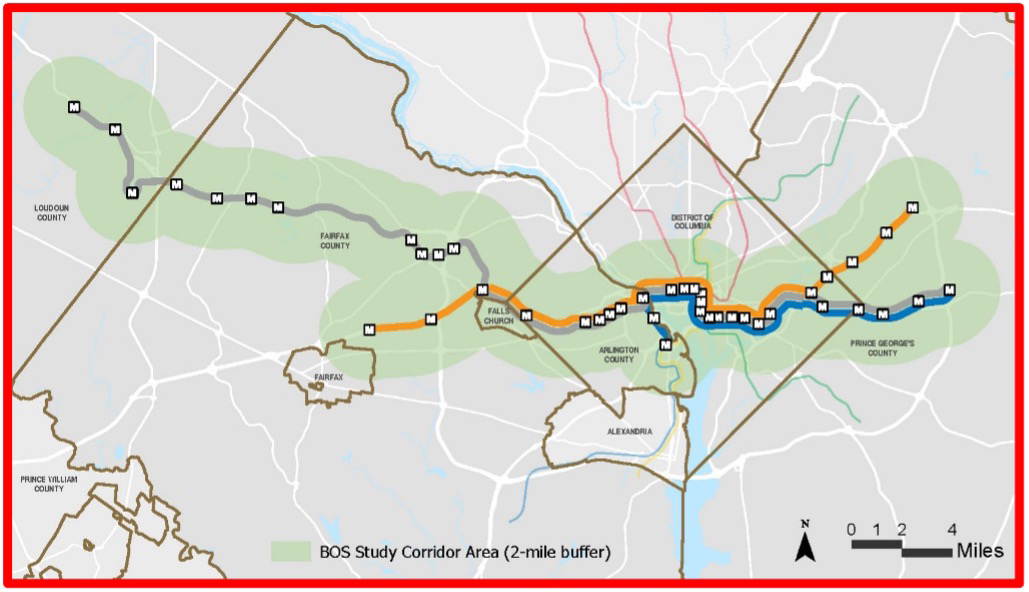
Study Goals
The BOS Study was created to develop and evaluate a range of options to meet those needs. Based on the needs and goals, we have identified six alternatives for further evaluation. Metro's Board of Directors will then select a "Locally-Preferred Alternative" (LPA), based on data analysis, community partner and jurisdictional input, and public feedback. The LPA is intended to address regional problems, so it must be a regional solution.
The LPA needs to achieve four goals for the Blue, Orange, and Silver lines:
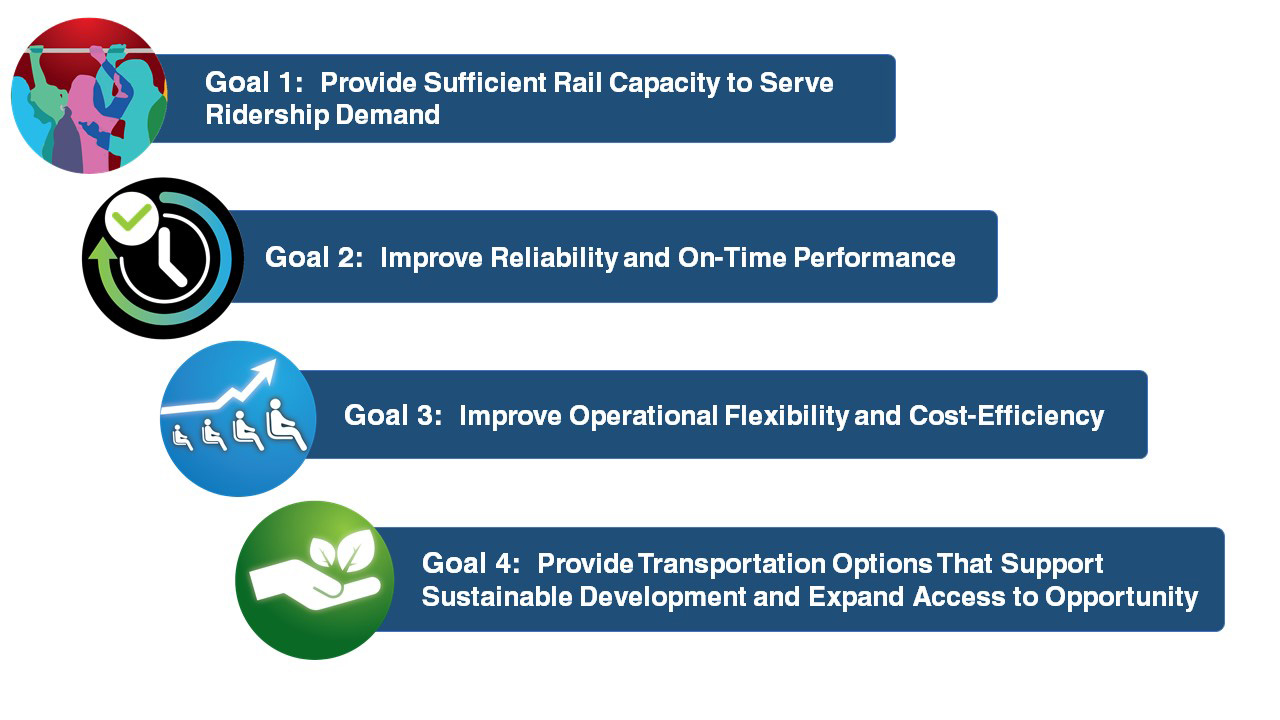
1. Serve current and future ridership demand
Metro can operate a maximum of 26 trains per hour (TPH) per direction on any set of tracks, using existing systems and technology. Because the Blue, Orange, and Silver lines share one tunnel and set of tracks between Rosslyn and Stadium-Armory stations, that 26 trains per hour must be divided between the three lines.

The areas around the three lines are projected to add 37% more people and 30% more jobs by 2040. With that level of planned growth and development ridership will also increase. By 2040, customers in the busiest segments of the three lines may experience levels of crowding similar to or even higher than before the COVID-19 pandemic. Even operating all 8-car trains would not provide enough capacity to meet that level of future demand.

2. Improve reliability and on-time performance
Because the three lines share one tunnel and set of tracks, delays on one line impact the other two. Delays that are severe enough even impact the Yellow and Green lines.
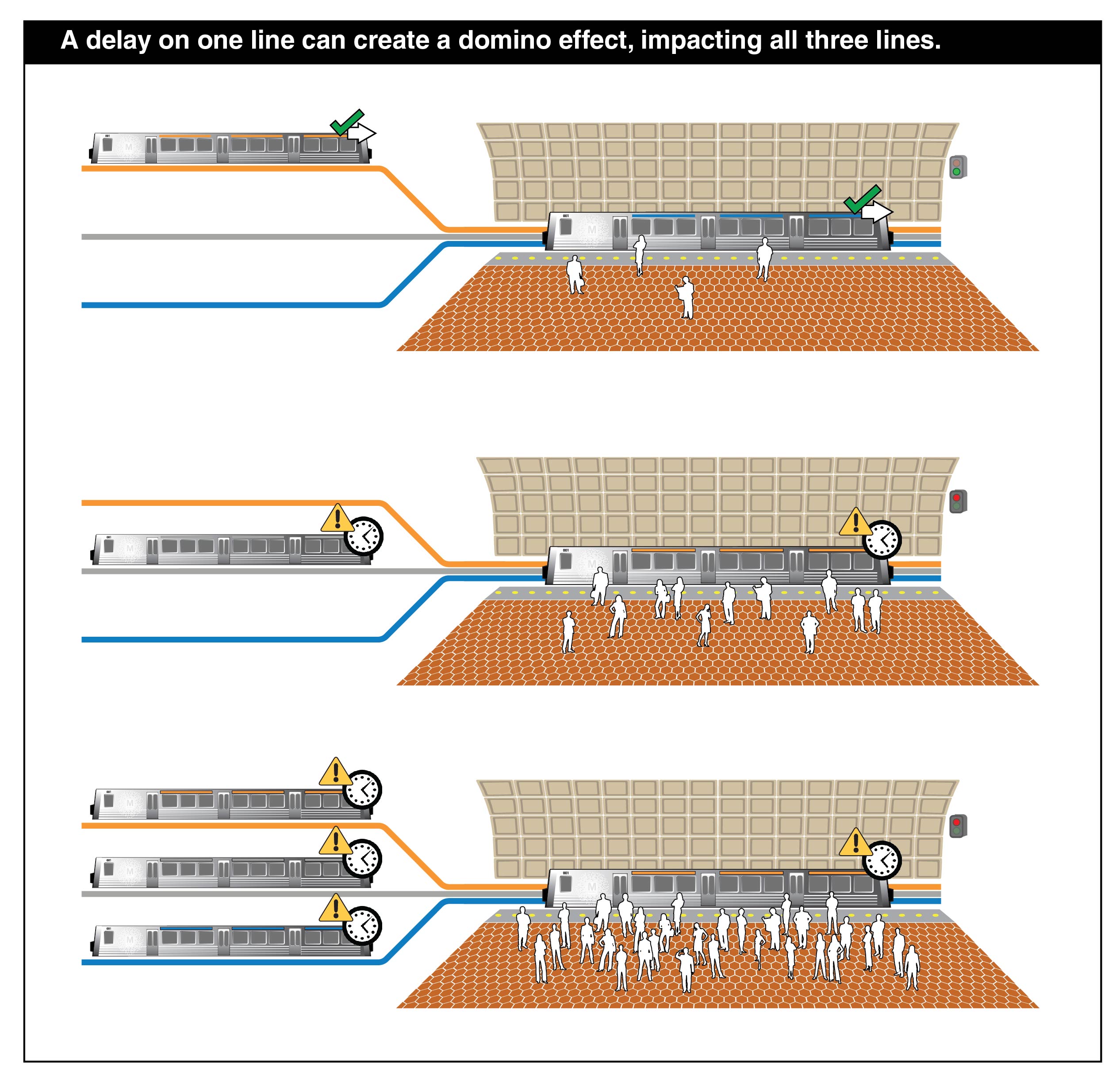
Metro's SafeTrack emergency repair program, robust preventive maintenance, and schedule adjustments have significantly improved reliability since the low points of 2015 and 2016, but maintenance is only part of the solution. About half of delays are caused by mechanical failures and infrastructure issues that can be addressed with ongoing maintenance. The other half are caused by unanticipated problems such as sick passengers, police activity, customers holding doors, and other factors.
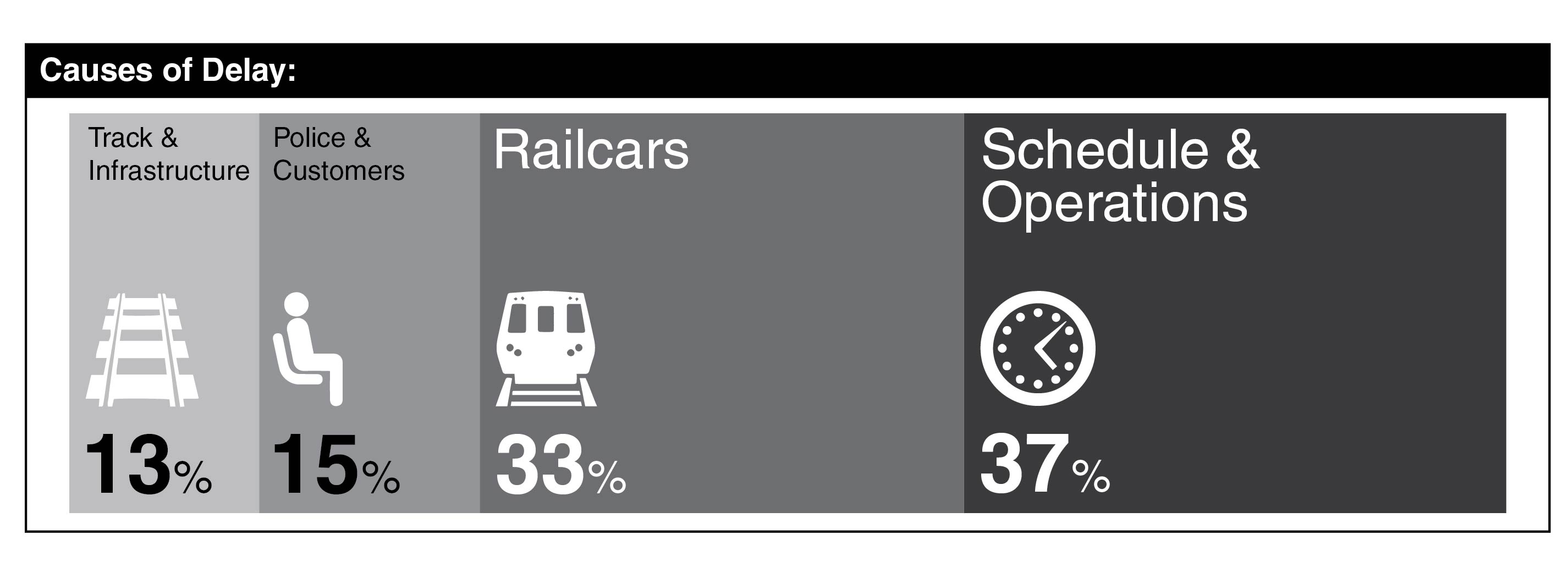
When unanticipated disruptions like this occur, our ability to minimize the impact of single tracking or to quickly deploy relief trains is limited due to the two-track system and available infrastructure. Addressing these limitations requires solutions that will allow us to manage disruptions more efficiently. This is not a matter of not having the trains, or the employees to run them. Rather, it is usually the result of congestion caused by having many trains sharing a single track.
We would also enhance the system's reliability and resilience by giving customers additional trip options and path choices for connections to major destinations.
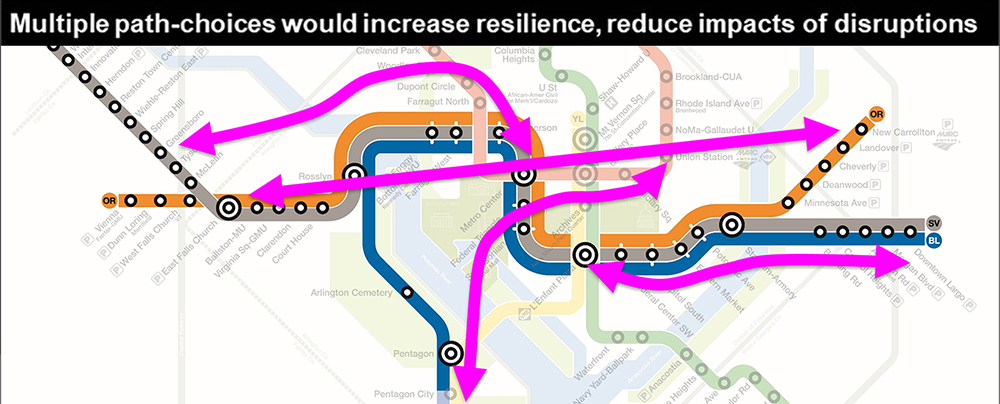
3. Improve operational flexibility and cost-efficiency
The physical constraints on the Blue, Orange, and Silver lines limit Metro's ability to optimize rail service and to vary service plans to better serve ridership demand. These constraints also limit our ability to maintain quality service during disruptions or preventive maintenance necessary to the long-term health of the system. Building more infrastructure for trains to switch tracks or turn around would allow us to shorten single tracking or run different service patterns that minimize the impact of disruptions, scheduled track work or special events.
Operational flexibility also gives our system the ability to match service to demand. In some parts of the system, trains run nearly empty all the way to the end of the line, and that imposes higher costs on Metro and taxpayers. We can maximize the cost-effectiveness of Metro service with more dense development around stations, known as Transit-Oriented Development (TOD), and by providing the ability to vary service patterns. To better serve taxpayers service may be increased where demand is strong and maintained or reduced in other areas.
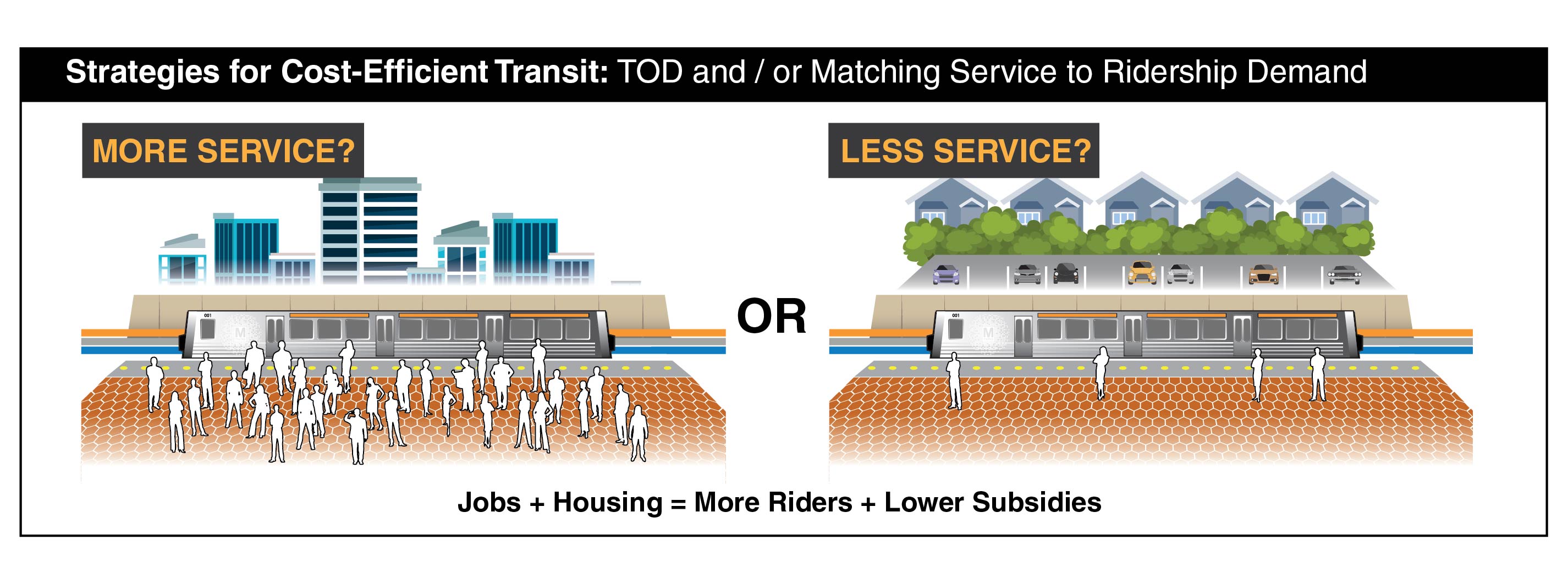
4. Support sustainable development and expand access to opportunity
Metro is a key player in helping the region attain its sustainability and climate goals. Transit has to be a core strategy for the region to reduce greenhouse gases and other emissions, and transit options need to be accessible, quick, and competitive enough to draw many more people away from driving solo. Metro's Energy Action Plan and Zero-Emission Bus Transition Plan are our roadmaps to reduce energy usage, cut greenhouse gas emissions, and save money through green initiatives. Public transit systems like Metro already play a vital role in providing sustainable transportation that keeps cars off the road. The BOS Study supports the Energy Action Plan and the region's goals to reduce emissions and improve air quality by identifying ways to make Metrorail more cost effective and energy efficient.

Metro is also critical to the growth and development of our region. It drives the region's economy by attracting and catalyzing development, connecting people to jobs and other economic opportunities, generating new tax revenue, creating new opportunities and markets for housing, supporting home-grown businesses, and attracting new residents and large employers from outside the region. The BOS LPA should seek to support the region's plans for growth and provide new opportunities for transit-oriented development (TOD).
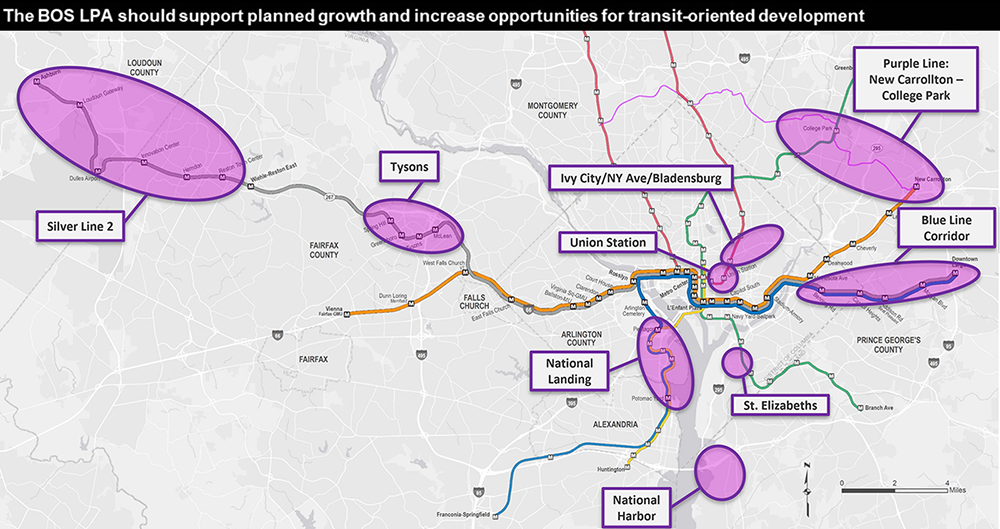
Metro also centers equity as a core mission. Equity informs most the goals, objectives, and performance measures in the Your Metro Strategic Transformation Plan. One of the plan's priority initiatives is is implementing Metro's Racial and Social Equity Policy. Metro is the region's connective tissue -- it gets people where they want go - work, school, medical care, social outings - when they want to travel at a far lower personal cost than driving or ridesharing. It crosses political boundaries and neighborhood lines, and offers people who can't afford cars (or choose not to drive!) access to jobs and other economic opportunities. By doing so Metro is essential to advancing the region's equity goals and helping to address systemic and historic inequality. The BOS LPA should expand access to high-frequency transit and economic opportunities, particularly in equity communities.
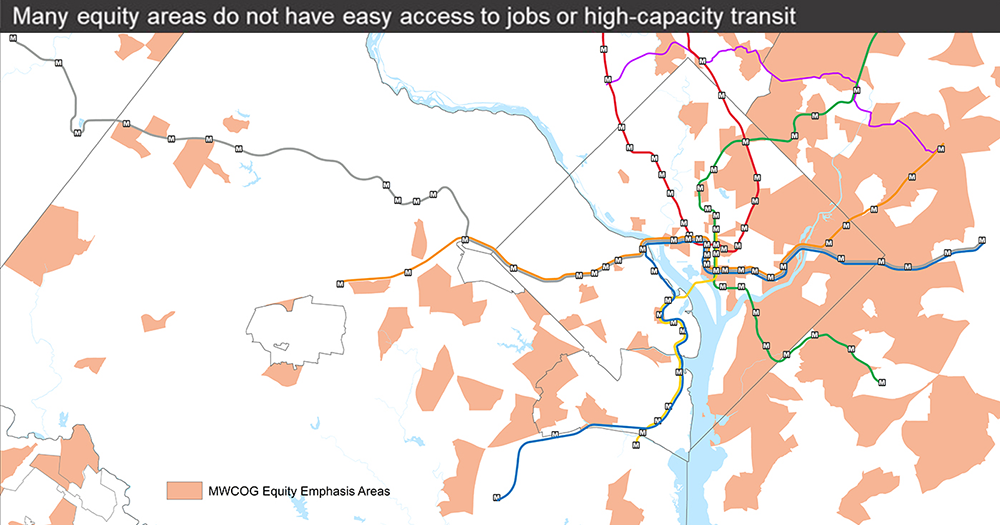
Visit the Documents and FAQs page for more information on this study and other related regional efforts.
Study process - finding the solution
The BOS Study is a type of study known as an Alternatives Analysis (AA). The AA is a multi-year effort that complies with best-practices guidelines from the Federal Transit Administration and the National Environmental Policy Act (NEPA). This pre-NEPA work will allow the preferred alternative selected by Metro's Board of Directors to eventually compete for federal funding, while reducing the length and cost of the environmental review process.
After the study is completed and a "locally-preferred alternative (LPA)" is identified, we will move forward with the federal environmental review process and project development. That future phase of NEPA and project development will include additional public and community partner engagement.
Stakeholder committees
In addition to input from the public, the study has been guided by input from six technical and advisory committees:
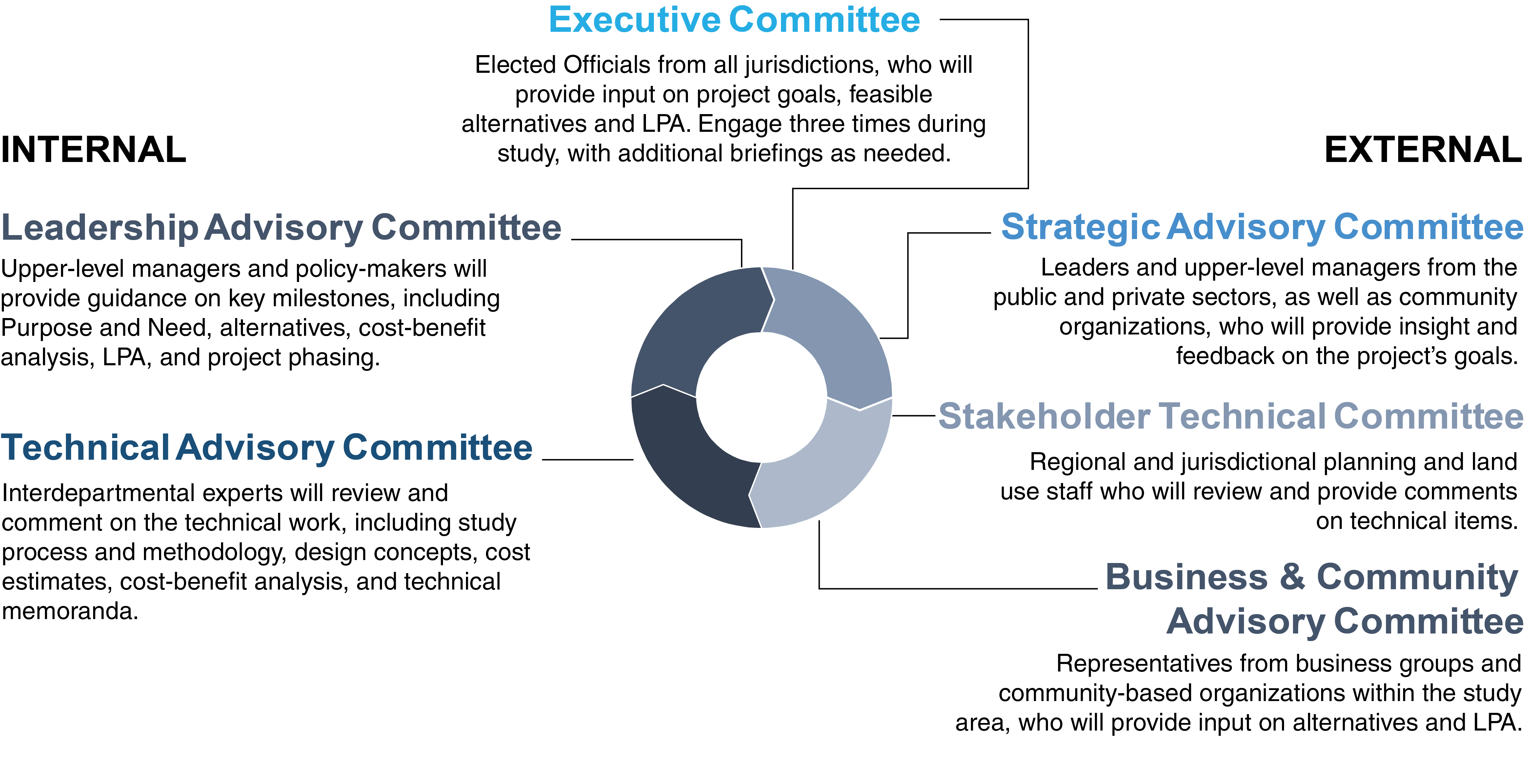
Additional Information
See Get Involved to engage and share your input on the study.
See
Documents and FAQs for project documents, news highlights, and further reading.
